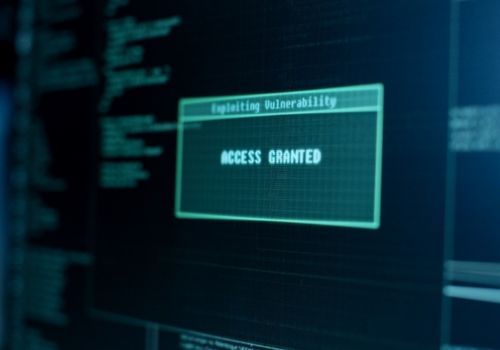Cyberattacks are happening roughly every 32 seconds worldwide. Without effective cybersecurity measures in place, your business is highly vulnerable to a security breach. One way to ensure that your computer network is protected is to run a penetration test, which is an authorized simulated attack to test the effectiveness of your cybersecurity. There are different phases of penetration testing, each designed to mimic an actual attack and identify weak points in your company’s security procedures.
The Five Phases of Penetration Testing
Each phase can be conducted independently, but much like Voltron, they are more powerful when combined. Although every business is different, penetration testing tends to fall into five phases in most cases:
1. Reconnaissance
This first phase of the process is carried out before the planned attacks occur. The reconnaissance phase is done in one of two ways, usually passively or actively. The passive approach is when the information is acquired from already public knowledge. An active reconnaissance approach is when the tester tries to gain information by tapping directly into the network in question.
The main goal of this stage is to collect as much initial information about the company as possible to assist you during the later phases of penetration testing. Anything from your network’s range, passwords, access points, open ports, and operating systems, to name a few.
2. Scanning
During this stage, the penetration tester looks explicitly for openings in your system. They will check network traffic with a tool like Nmap and scan for IP addresses, entry ports, or network weaknesses. Scanning your system without performing the other phases of penetration testing is possible, but an independent scan rarely identifies the full potential scale of a breach.
3. Vulnerability
During this part of the process, the tester uses the information from phases one and two to identify vulnerabilities and determine how best to exploit them. Testers will also likely go further and use an automated vulnerability scanning tool, delivering more comprehensive results.
Testers can use national repositories and databases the U.S. government maintains to help determine the risk associated with any discovered vulnerabilities.
4. Exploitation
The exploitation phase is probably the most critical of all the penetration testing phases. This is when the tester simulates a real-life cyberattack on your business. The goal is to bypass any security measures the company already has in place and gain access to as much data as possible.
Initiating a controlled attack on your computer network requires expert attention to detail. The tester has to intricately balance obtaining information while ensuring they don’t cause any harm to the system or, even worse, cause it to crash. This part of the process reminds you why you should hire a
5. Reporting
At the end of the process, testers prepare in-depth reports for their clients to share their findings. A thorough penetration testing report should list the vulnerabilities and assess the potential damage or impact on the business. Most importantly, it should outline remedial measures and make strategic and specific recommendations for the company.
Ensure your Business is Protected with Penetration Testing
You cannot afford to assume that your business and all of its invaluable data are safe. 60% of small businesses fail within 6 months after a cyberattack. Penetration testing is essential to ensure your cybersecurity is working and your network is protected.








